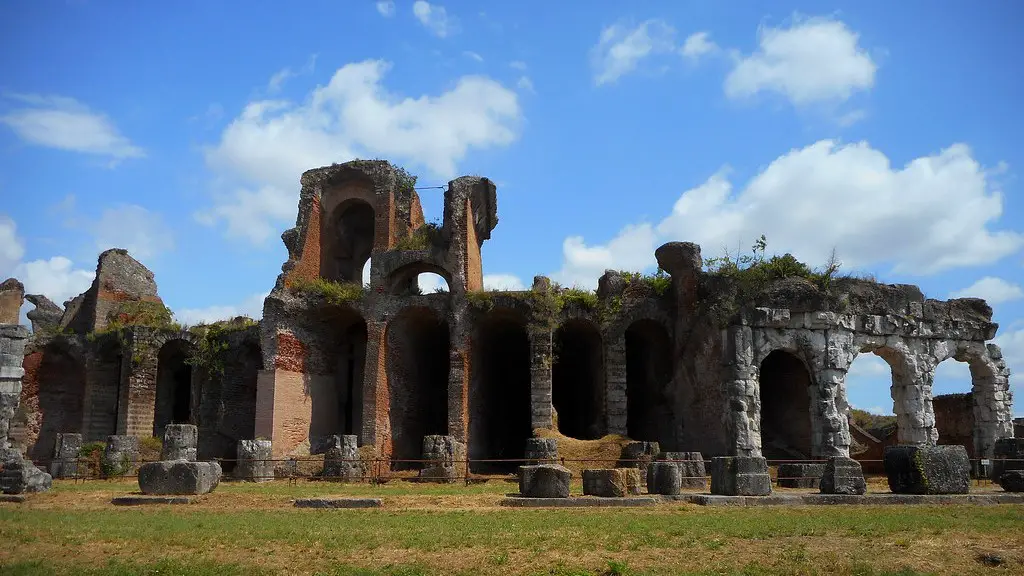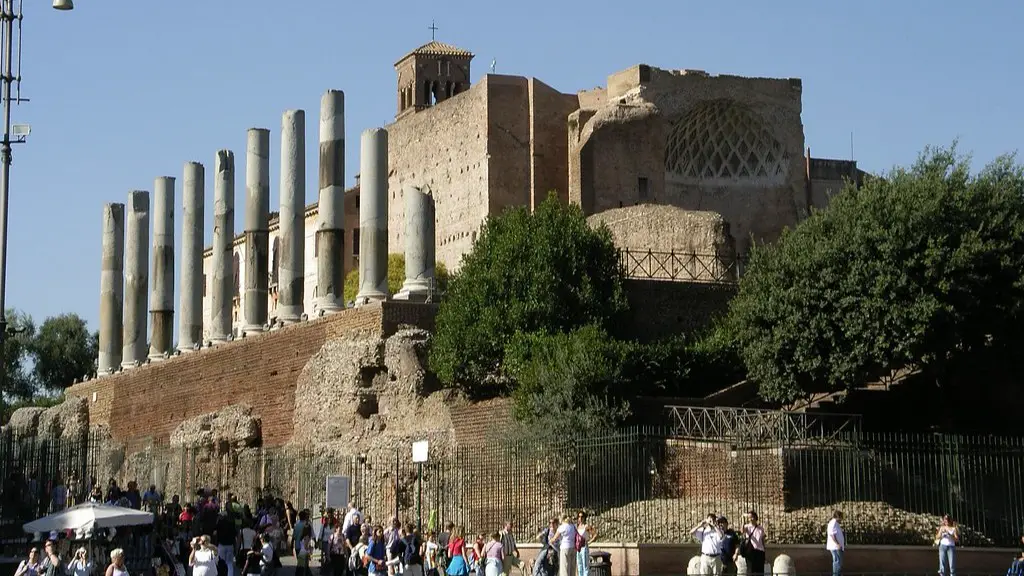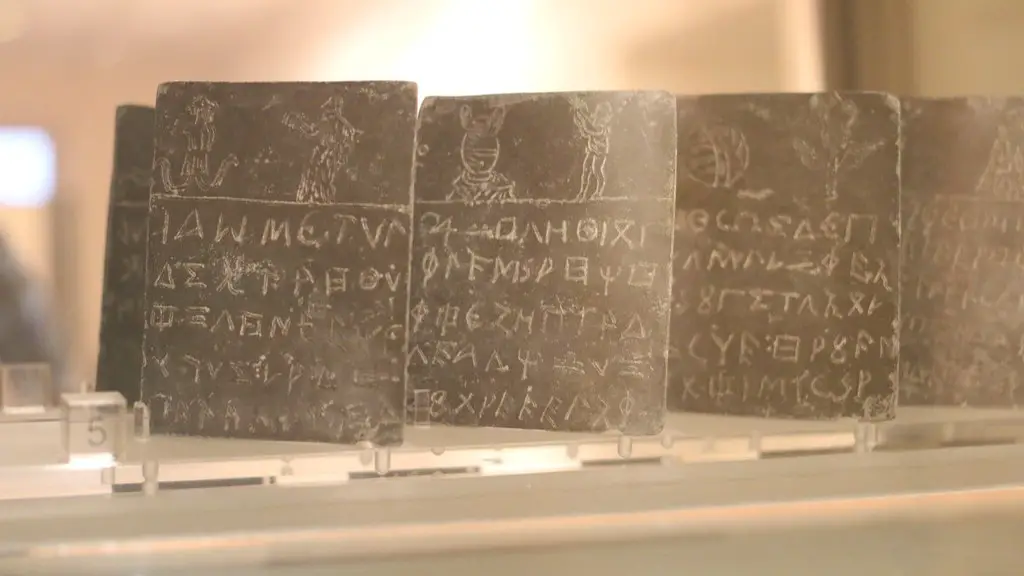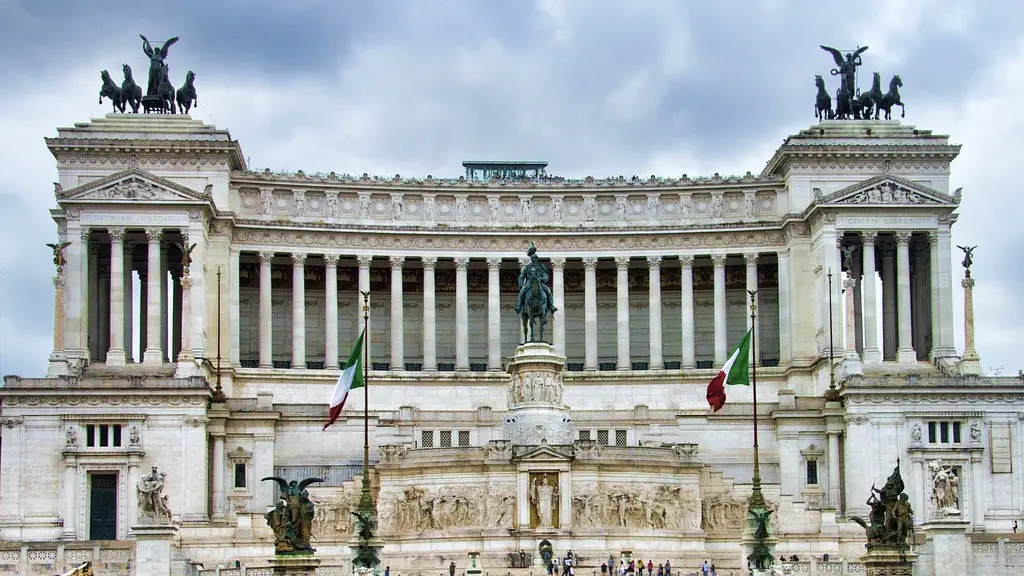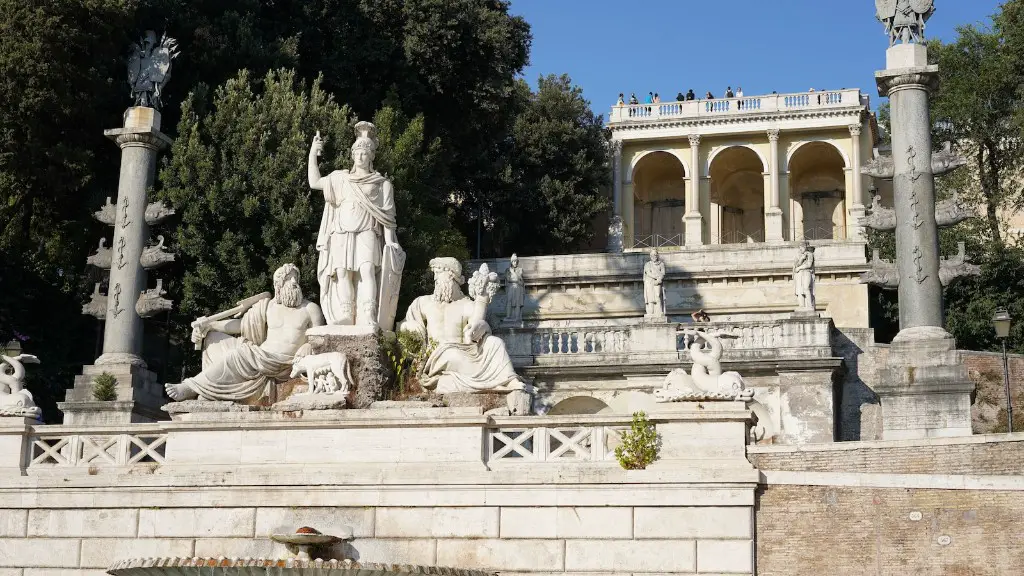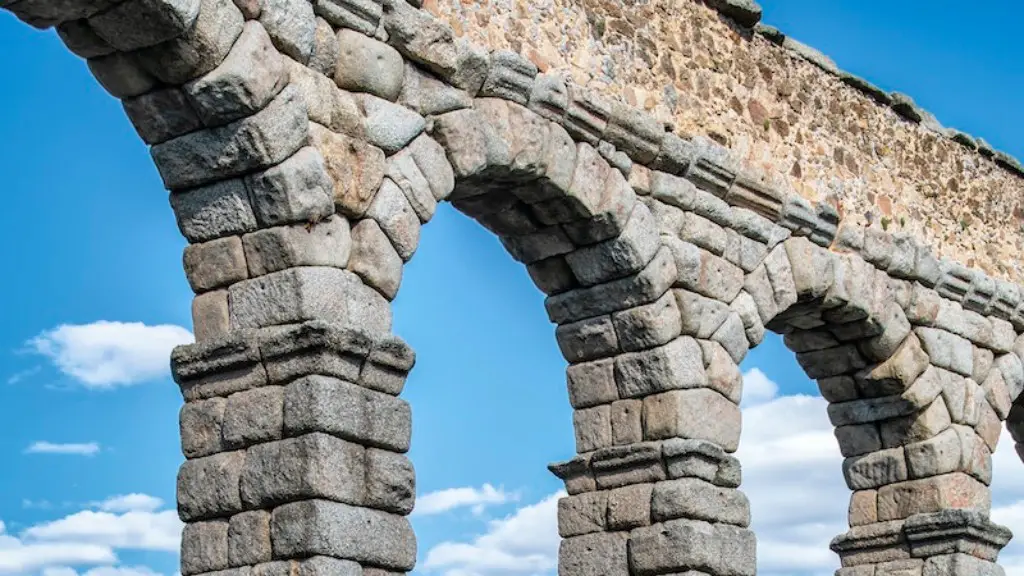Archaeologists have uncovered a wealth of evidence about what ancient Rome looked like. Extensive ruins remain of the public baths, theatres, temples and monumental gates that were once the glory of the city. Rome was originally founded as a small village on the Tiber River in central Italy. It rose to become one of the largest and most powerful empires in history. The Roman Empire was, at its height, the largest political entity in the Western world.
Ancient Rome was a major power in the Mediterranean region for over two centuries. The city of Rome was a thriving center of culture and politics, and the Roman people were known for their military prowess. The architecture and engineering of Ancient Rome are some of the most impressive in history, and the city was home to many famous historical figures.
What did the average ancient Roman look like?
The ancient Romans were a people of Mediterranean descent, with dark hair and eyes. They typically had a tan or olive skin complexion. Men were clean-shaven and had short hair, while women had longer hair that was often styled in various ways.
The early Romans were composed mainly of Latin-speaking Italic people, known as the Latins. The Latins were a people with a marked Mediterranean character, related to other neighbouring Italic peoples such as the Falisci.
Were ancient Romans Caucasian
There is very little evidence of skin pigmentation in ancient Rome, since it was not considered important by most sources. This makes it difficult to determine what the skin color of most prominent Romans would have been in modern terms. However, the lack of evidence has allowed the assumption that most of them were likely to be white.
Pale skin was seen as a sign of beauty in Roman times, as it was a sign of a higher social status. Women with pale skin were seen as being able to afford slaves that would do the labor they otherwise would have to do.
How tall were Romans?
It’s fascinating to think about how the average height of a person has changed over time. It’s even more interesting to think about how the average height of a person living in a certain area has changed over time. For example, the average height of a Roman was shorter than the average height of a person living in Rome today. This is likely due to a number of factors, including diet and lifestyle. It’s amazing to think about how much the average height has changed in just a few hundred years!
The average height of ancient Roman males ranged from 5′4″ to 5′7″ according to various sources. One source reported that the average male in the military was 5′6″. Another source said 5’7″. They were most likely very strong for their heights; eg, marching long distances with heavy armor and supplies.
What DNA were the Romans?
The new study, published in Science, analyzed the DNA of 79 individuals who lived in Rome between the first and fourth centuries AD. The results showed that the genetic makeup of the population was extremely diverse, with individuals from all over the Mediterranean and Middle East represented. This is in contrast to previous studies that have suggested that the Roman Empire was relatively homogeneous. The new study provides a more accurate picture of the complex social and ethnic landscape of the Roman Empire.
There are undoubtedly many Italians alive today who are directly descended from people who lived in Italy during the Roman era. However, due to centuries of migrations and invasions, most Italians will have at least some admixture from other European peoples.
Are Romans Viking
It is remarkable that two such disparate cultures could exist so far apart in time and yet have so many similarities. Both the Romans and the Vikings were war-like peoples who were skilled in maritime travel and exploration. Both cultures had a strong belief in the pantheon of gods and goddesses and both were obsessed with achieving glory and honor. In many ways, it is as if the two cultures were mirror images of each other, separated by only a few hundred years.
Romans had many different skin tones, ranging from light brown to pale skin. This is because the Roman Empire was very large and had many different cultures within it.
Did Rome ever have a black emperor?
Lucius Septimius Severus was the first African emperor of Rome. He came to power after a period of civil war and immediately set about expanding the borders of the empire. Severus was a great military leader and under his rule the empire reached new heights. He also initiated a period of imperial transformation, laying the foundations for the Severan dynasty.
There are a few possible explanations for why ancient cultures tended to depict women with pale or white skin and men with dark brown or tanned skin. One possibility is that it was simply a reflection of the real-life differential in skin tone between men and women. Women, who spend more time indoors, would have had lighter skin than men, who spend more time outdoors. Another possibility is that it was a symbolic representation of the different spheres of influence and activity between men and women. Women were associated with the home and hearth, while men were associated with the outdoors and physical labor. Whatever the reason, it was a widespread practice in ancient cultures, and one that continues to this day in some parts of the world.
What was the ideal Roman female body
Roman women would use a variety of methods to achieve these ideals. To maintain their slender figures, they would exercise, diet, and use massaging techniques. To enhance their breasts, they would use chicken liver, green needle grass, and other substances. To lighten their skin, they would use bathes, lotions, and cosmetics containing lead.
Despite these methods, the ancient Roman ideal of beauty was not achievable by the majority of women. The wealthy women who could afford the time and expense to pursue these ideals were a minority. Nevertheless, the ideal of beauty was promoted in Roman society, influencing the way women saw themselves and how they were seen by others.
The Huns were a group of people who lived in Asia and Eastern Europe. They were known for their brutality and often attacked other tribes, especially the Roman Empire. In 452 AD, they even sacked the city of Rome itself! The Huns were finally defeated by a coalition of Roman and Germanic tribes in 454 AD.
What did the Romans do with unwanted babies?
The foundling wheel was a common sight in Rome during the Middle Ages. new mothers who didn’t want their babies could simply deposit them in the wheel, which would rotate and deposit the child in a convent. This allowed the mother to remain anonymous and avoid the stigma of having an illegitimate child.
Rome’s empire was built in part through its extension of citizenship to many of the people it conquered. Military expansion drove economic development, bringing enslaved people and loot back to Rome, which in turn transformed the city of Rome and Roman culture. This process was an important factor in the rise of Rome as a world power.
Final Words
Rome was founded in 753 BC by the twin brothers Romulus and Remus. It grew to become one of the largest and most powerful empires in history. The ancient Romans were a remarkable people. They were great builders and engineers. They invented concrete and built huge roads and aqueducts. They were also great warriors. The ancient Romans were very disciplined. They were divided into two classes, the patricians and the plebeians. The patricians were the wealthy landowners and the plebeians were the poor. The ancient Romans believed in gods and goddesses. They thought that these gods and goddesses controlled everything in the world. The most important gods and goddesses were Jupiter, Juno, Minerva, and Neptune. The ancient Romans also believed in fate. They thought that everything that happened was controlled by the Fates.
There is no one definitive answer to this question as the answer largely depends on the specific time period and location within the city of Rome itself. However, we do know that ancient Rome was a bustling and extremely populated city, with a complex system of roads and infrastructure. It is likely that the city would have appeared very chaotic and crowded to outsiders, with a mix of grandiose architecture and more modest dwellings.
